Every Sunday morning, when the mist still covers the mountain slopes, the highlands of Bac Ha ( Lao Cai ) light up with the brilliant colors of brocade dresses, the bustling laughter and the aroma spreading from steaming pots of thang co.
Bac Ha market - the most famous market in the Northwest region, is not only a place to exchange goods, but also a unique cultural space, where the quintessence of ethnic minorities in the highlands converges.
Market in the clouds of the Northwest
Bac Ha market is located in the center of Bac Ha town, about 70 km from Lao Cai center. Located at an altitude of more than 1,000 meters above sea level, Bac Ha is known as the "white plateau" not only because of the white plum blossoms every spring, but also because of the fresh, cool climate all year round.
Every Sunday morning, Bac Ha market seems to put on a new coat. People from all the highland villages such as Mong, Tay, Nung, Phu La, Dao… carry goods, lead horses, and bring products to the market before dawn. The red dirt roads leading to the market are like a colorful stream: colorful brocade dresses, people calling to each other, the sound of horse hooves echoing in the mist.
For highlanders, going to the market is not only for buying and selling, but also for meeting and exchanging, it is a true cultural festival.
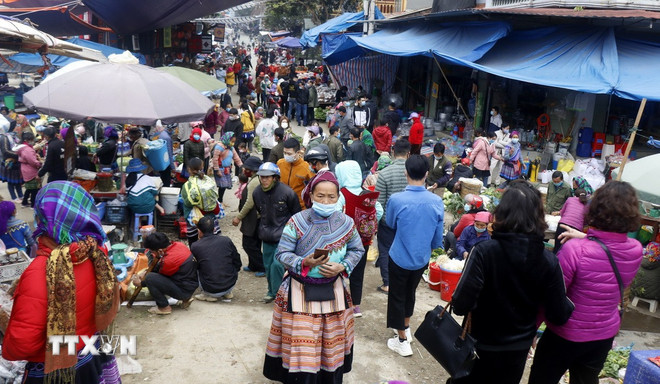
A colorful picture of highland life
The first impression when entering Bac Ha market is a picture of brilliant colors. From the colorful brocade dresses of the Mong Hoa and Mong Trang women, to the red and green headscarves of the Dao people, all blend together to create a lively and cheerful scene.
The market is divided into many areas such as brocade area, livestock area, agricultural products area, blacksmith area, bamboo and rattan products area and food area. Each area has its own characteristics, reflecting the traditional occupations and activities of each ethnic group.
The brocade area of Bac Ha market is like a flower garden glowing in the mist. Fabrics, dresses, scarves, handbags... are displayed in long rows, each product the result of months of hard work weaving and embroidering. Mong Hoa, Mong Trang, Dao Do women sit next to their stalls, sewing and laughing, inviting customers to come and look.
Indigo, red, purple, and yellow interspersed in each intricate geometric pattern – that is the unique language of the highlanders, the way they tell stories about mountains, forests, love, and life through each stitch.
For tourists, walking around the brocade area is not only to shop, but also to admire the talent, patience and aesthetic sense of the highland women.
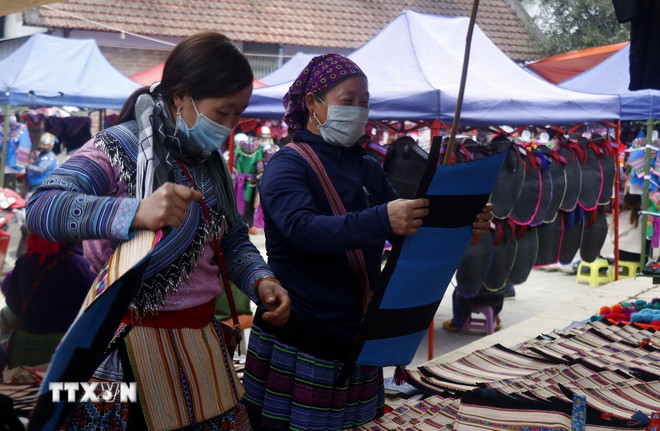
The horse market is a rare and unique feature, always a special attraction of Bac Ha market. From early morning, neighing sounds echo across the mountainside. Hundreds of healthy horses are led, lined up along the dirt road. Buyers and sellers bargain and chat animatedly. For the highlanders, horses are not only a means of transportation, but also a close friend and a precious asset of each family.
Nowadays, although many places have motorbike and car routes, Bac Ha horse market still exists as a unique cultural mark, recalling the image of the old highlands. Visitors coming here often stop for a long time to watch, take pictures, and feel the breath of a primitive "market" in the heart of the Northwest.
Deep in the center of the market is the agricultural products area, where countless products of the Lao Cai highlands are gathered. Baskets of yellow corn, soybeans, sticky rice, buckwheat, pumpkin, wild vegetables... are displayed in long rows, rustic but full of appeal. The aroma of wild honey, cinnamon essential oil, Ban Pho corn wine, dried hawthorn, and ancient Shan Tuyet tea blend together, creating a unique scent that cannot be mistaken.
The sellers are usually ethnic women, dressed in colorful brocade, their hands nimbly weighing their goods, their faces smiling. They bring to the market things that are closely related to the fields, the mountains and forests, bringing with them the flavor and soul of their homeland.
The agricultural area is where visitors can most clearly feel the richness and prosperity of the Northwest land and sky, and see the diligence and simplicity of the people here.

Stepping into the blacksmith area, the sound of hammers hitting iron and the crackling of the furnace fire makes one feel like they are lost in another space - where traditional crafts are still quietly alive.
Knives, hoes, sickles, and machetes are hand-forged, sharp and durable. The blacksmiths - mainly men of the Tay and Dao ethnic groups, with calloused but skillful hands, shape each glowing iron bar into familiar tools of mountain life.
In addition, the bamboo and rattan weaving area has a softer, more delicate look. The baskets, trays, trays, trays, and baskets are meticulously woven by the hands of highland women. Each product is both an everyday item and a work of folk art, expressing creativity and a deep connection with nature.
When talking about Bac Ha market, we cannot ignore the food court - where the culinary quintessence of the highlands converges. Amidst the billowing smoke from the kitchen, the smell of thang co - a typical dish of the Mong people, spreads throughout the space. In small shops with corrugated iron roofs, visitors sit at wooden tables, sipping a hot bowl of thang co with a cup of spicy corn wine.
In addition to thang co, the food court also has countless delicious dishes such as Bac Ha pho, men men, sticky rice, buckwheat cake, dried buffalo meat, grilled stream fish... Each dish is a story about the mountains and forests, about the skillful hands and hospitality of the highland people.
Many tourists say that only when sitting in the Bac Ha food court, amidst the sound of flutes, laughter, the smell of smoke and the strong taste of wine, can they fully feel the soul of the Northwest market.
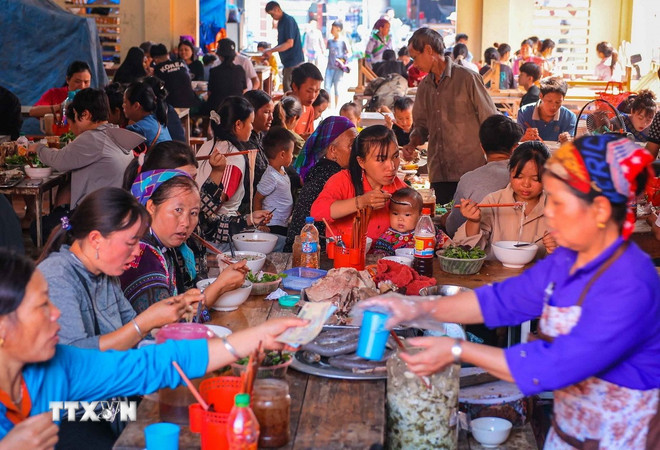
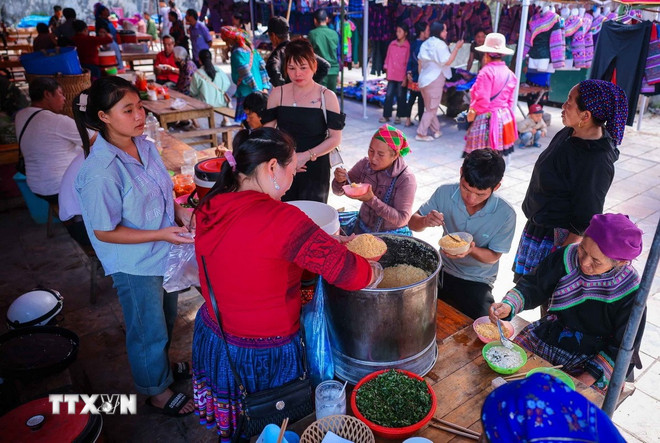
Cultural exchange space
Going to Bac Ha market, people not only come to buy and sell, but also to meet, exchange gifts and make friends.
The market only meets once a week, but is something that local people look forward to all week long. It not only brings economic value, but is also a link between the community and a space to preserve and spread the cultural identity of the ethnic groups in the Lao Cai highlands.
Hmong and Dao couples meet each other in the middle of the market, shyly exchanging silver bracelets or hand-embroidered scarves – tokens of love. For many people in the highlands, the market is where beautiful love stories begin.
In addition, the market is also an opportunity for artists to perform traditional musical instruments, panpipes, flutes, jew’s harps, and love songs. Visitors can join the locals, learn how to play the panpipes, or listen to ancient stories and love stories of the highland people.
Every sound, every color at the market reflects a piece of the soul of the Northwest, both rustic and poignant, making people remember it forever.
As the sun rose and the mist gradually cleared, Bac Ha market was filled with laughter. Sellers finished their wares, buyers carried heavy loads on their shoulders, everyone was excited. Genuine smiles and warm handshakes ended a joyful market session.
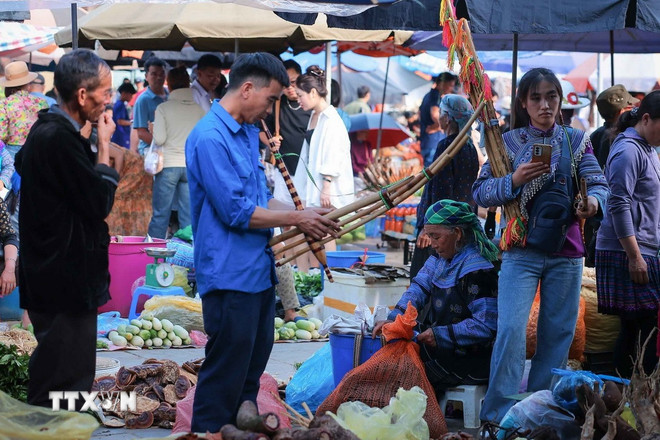
Preserving traditional beauty
Bac Ha market is simple yet bustling, rustic yet profound, a vivid slice of Northwestern life, where culture, people and nature blend together to create a beautiful picture - both ancient and full of the breath of the times.
In recent years, Bac Ha market is not only a trading place for people, but also a famous tourist destination attracting many domestic and foreign tourists.
Despite the strong development of tourism, Bac Ha still retains its traditional market identity. Local authorities and local people together build the image of a “civilized market with strong national identity”, encouraging people to preserve traditional crafts, costumes and cuisine.
In the context of modernization, the penetration of industrial goods and the risk of losing handicrafts are worrying issues, especially brocade weaving. Realizing this, local authorities and communities have been implementing many conservation measures.
Cultural events are regularly held to celebrate crafts, encourage people to wear traditional costumes when visiting markets, and support households and cooperatives to maintain weaving.
Skilled workers are also creative, incorporating brocade into modern designs to meet the tastes of tourists. Promoting sustainable tourism associated with indigenous culture, combining conservation and innovation will help Bac Ha maintain its appeal and spread traditional values.
In 2015, Bac Ha market was recognized as a National Intangible Cultural Heritage, affirming its unique cultural value and important role in the spiritual life of the highlands./.
Source: https://www.vietnamplus.vn/khong-gian-van-hoa-dac-sac-cua-cho-phien-bac-ha-post1074918.vnp



![[Photo] General Secretary To Lam receives Vice President of Luxshare-ICT Group (China)](https://vphoto.vietnam.vn/thumb/1200x675/vietnam/resource/IMAGE/2025/11/15/1763211137119_a1-bnd-7809-8939-jpg.webp)

![[Photo] Prime Minister Pham Minh Chinh meets with representatives of outstanding teachers](https://vphoto.vietnam.vn/thumb/1200x675/vietnam/resource/IMAGE/2025/11/15/1763215934276_dsc-0578-jpg.webp)




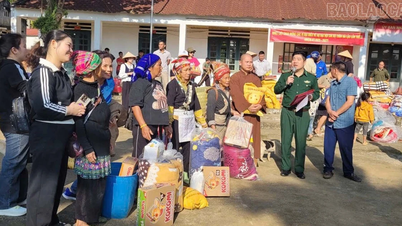

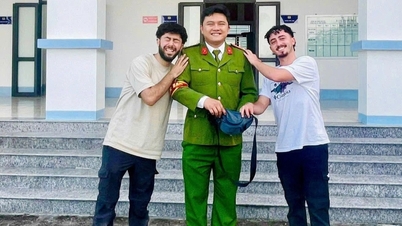






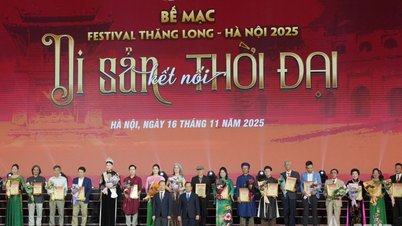


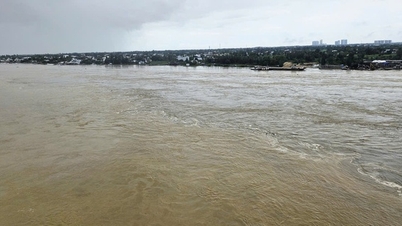

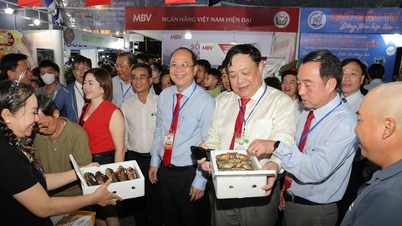


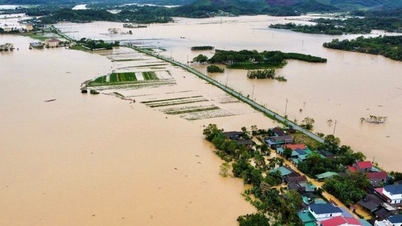







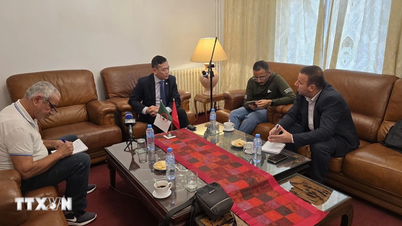
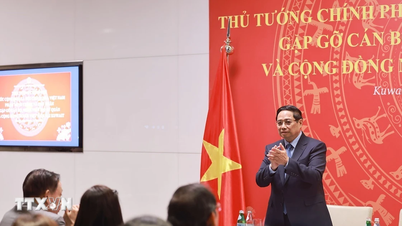


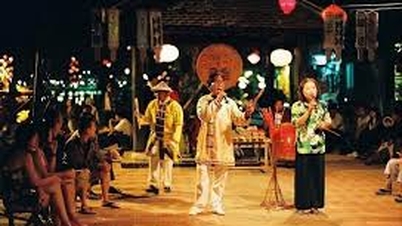










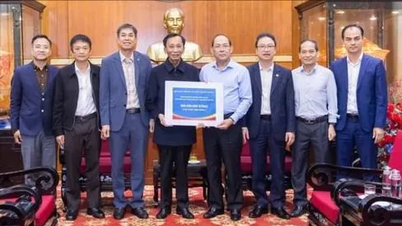


































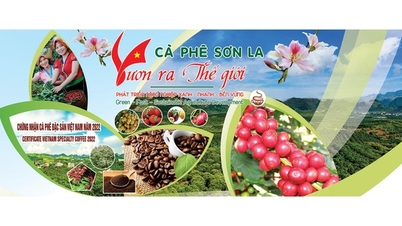

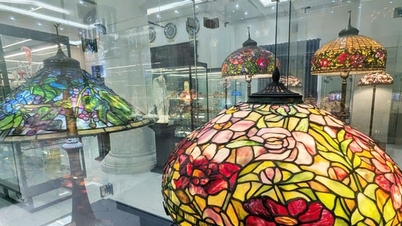



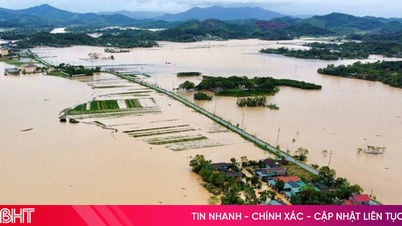












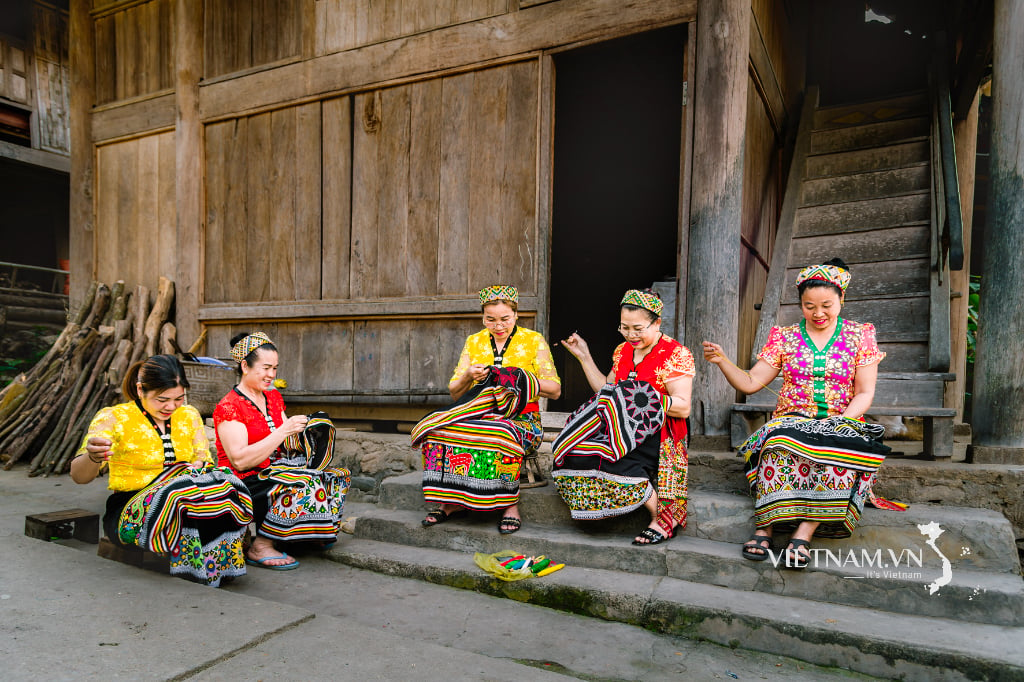

Comment (0)